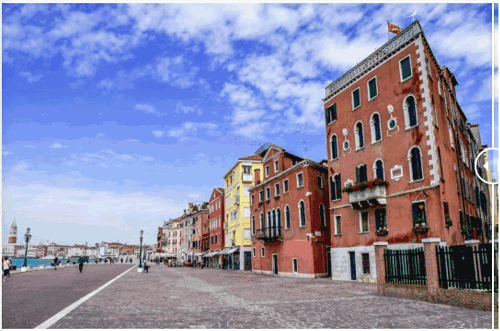| branch | comment | active |
|---|---|---|
| seg_spade | Condition the decoder using segmentation in addition to masks | No |
| spadecutoff | Cut off spade at early spatial resolution to allow model to smooth flooding | Yes (Sun) |
| adainspade | Use AdaIN with a style image on the latent space | No (Sun) |
| masked_encoder | Apply maskt to input before encoding. Allows us to use flooded domain as input | Yes (Sun) |
| onlyb | Fullspade architecture that only operates on domain B (flooded) | Yes (Sun) |
Dramatic and rapid changes to the global economy are required in order to limit climate-related risks for natural and human systems (IPCC, 2018). Governmental interventions are needed to fight climate change and they need strong public support. However, it is difficult to mentally simulate the complex effects of climate change (O’Neill & Hulme, 2009) and people often discount the impact that their actions will have on the future, especially if the consequences are long-term, abstract, and at odds with current behaviors and identities (Marshall, 2015).
-
We are developing a tool to help the public understand the consequences of climate change.
-
We intend to make people aware of Climate Change in their direct environment by showing them concrete examples.
Currently we are focusing on simulating images of one specific extreme climate event: floods. We are aiming to create a flood simulator which, given a user-entered address, is able to extract a street view image of the surroundings and to alter it to generate a plausible image projecting flood where it is likely to occur.
Visualization made with a Generative Adversarial Network (GAN)
Recent research has explored the potential of translating numerical climate models into representations that are intuitive and easy to understand, for instance via climate-analog mapping (Fitzpatrick et al., 2019) and by leveraging relevant social group norms (van der Linden, 2015). Other approaches have focused on selecting relevant images to best represent climate change impacts (Sheppard, 2012; Corner & Clarke, 2016) as well as using artistic renderings of possible future landscapes (Giannachi, 2012) and even video games (Angel et al., 2015). However, to our knowledge, our project is the first application of generative models to generate images of future climate change scenarios.
